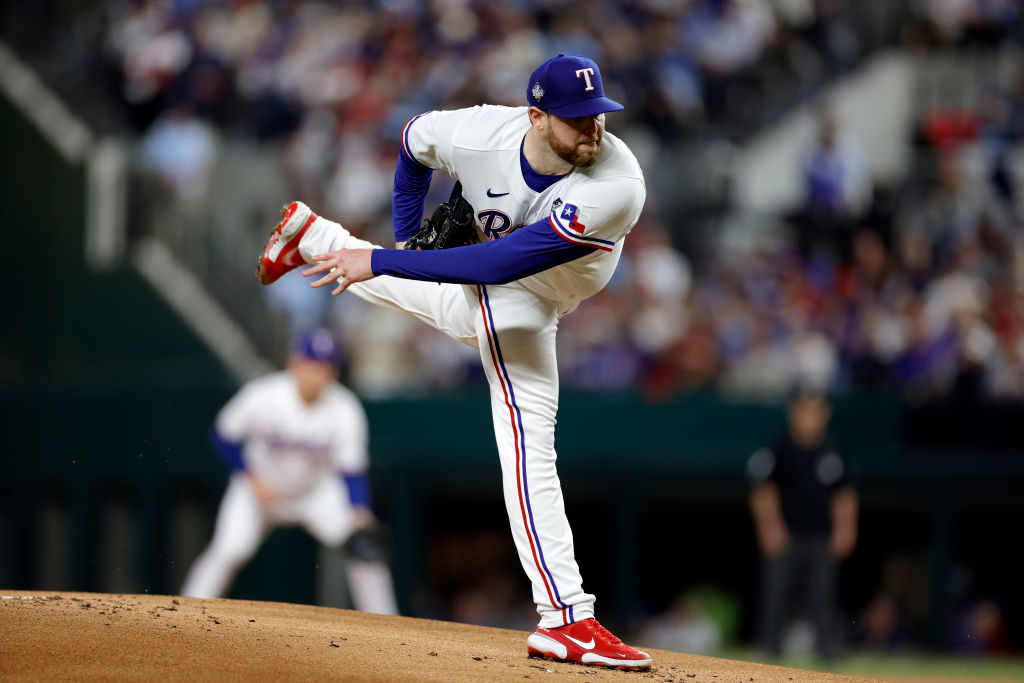With the Red Sox, there are always questions. This year, there are more – and bigger ones – than usual.
If you’ve read some of these baseball previews before, you know that we subscribe to a pretty simple formula when it comes to predicting the fortunes of the Red Sox (or any team, for that matter) for the coming season: generally speaking, more ifs mean more losses. Given that this is the analytical age when, for whatever reason, people feel the need to control and predict everything – let’s just surgically remove all the entertainment value from sports, shall we? – our formula looks something like this: If = L.
(A word of note: this formula, like all others, will undoubtedly and needlessly increase in complexity over time in hopes of accounting for other variables like Injuries (In), Prospect Integration (PI), Player morale (Pm), Managerial ineptitude (Mi), Weather (We), Faulty expectations (Fe) and others.)
So what does this all mean for the Red Sox? Well, since our offseason plan that was rudely dismissed, Las Vegas odds makers have the Red Sox’ projected win total at 80.5, which seems reasonable given that they have basically been, in aggregate, a .500 team (356-352) for the last four years. The Red Sox haven’t sucked so much as they have been astonishingly average and, well, boring, though average and boring are often synonymous in an American League East that features three or four legitimate playoff contenders. The 2023 Red Sox were the only AL East team to finish with a losing record but will pick a relatively medicore 12th in this year’s annual amateur draft, which is to say they didn’t exactly tank well, either. In fact, during the entire tenure of former general manager Chaim Bloom, the Sox generally failed at contending, tanking or improving the organizational pitching talent that one evaluator recently placed 29th among the 30 major league teams.
So, you want to know what’s wrong with the Red Sox? A lot. And if you’re asking any of the following questions – beginning with the most obvious one – you’re not alone:








